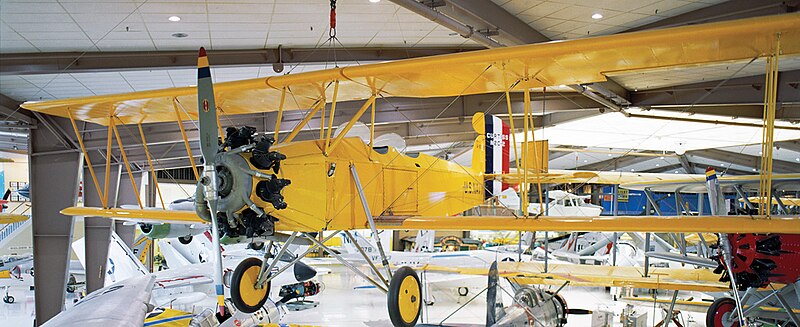Акс:Curtiss N2C-2 Naval Aviation Museum.jpg

Андозаи ин пешнамоиш: 800 × 327 пиксел. Дигар кайфиятҳо: 320 × 131 пиксел | 1 069 × 437 пиксел.
Акси аслӣ ((1 069 × 437 пиксел, ҳаҷми парванда: 274 кбайт, навъи MIME: image/jpeg))
Таърихи файл
Рӯи таърихҳо клик кунед то нусхаи марбути парвандаро бубинед.
| Таърих | Бандангуштӣ | Андоза | Корбар | Тавзеҳ | |
|---|---|---|---|---|---|
| нусхаи феълӣ | 08:59, 20 октябри 2009 | 1 069 × 437 (274 кбайт) | Cobatfor | == {{int:filedesc}} == {{Information |Description=A U.S. Navy Curtiss N2C-2 Fledgling at the National Museum of Naval Aviation in Pensacola, Florida (USA), in 1983. <br>'''Official description:''' "The museum's N2C-2 Fledgling was acquired and restored in |
Пайвандҳо
Саҳифаҳои зерин ба ин акс пайванданд:
Истифодаи саросарии парванда
Викиҳои дигари зерин ин файлро истифода мекунанд:
- Истифода дар ar.wikipedia.org
- Истифода дар en.wikipedia.org
- Истифода дар es.wikipedia.org
- Истифода дар fa.wikipedia.org
- Истифода дар ms.wikipedia.org
- Истифода дар no.wikipedia.org
- Истифода дар vi.wikipedia.org
- Истифода дар www.wikidata.org
